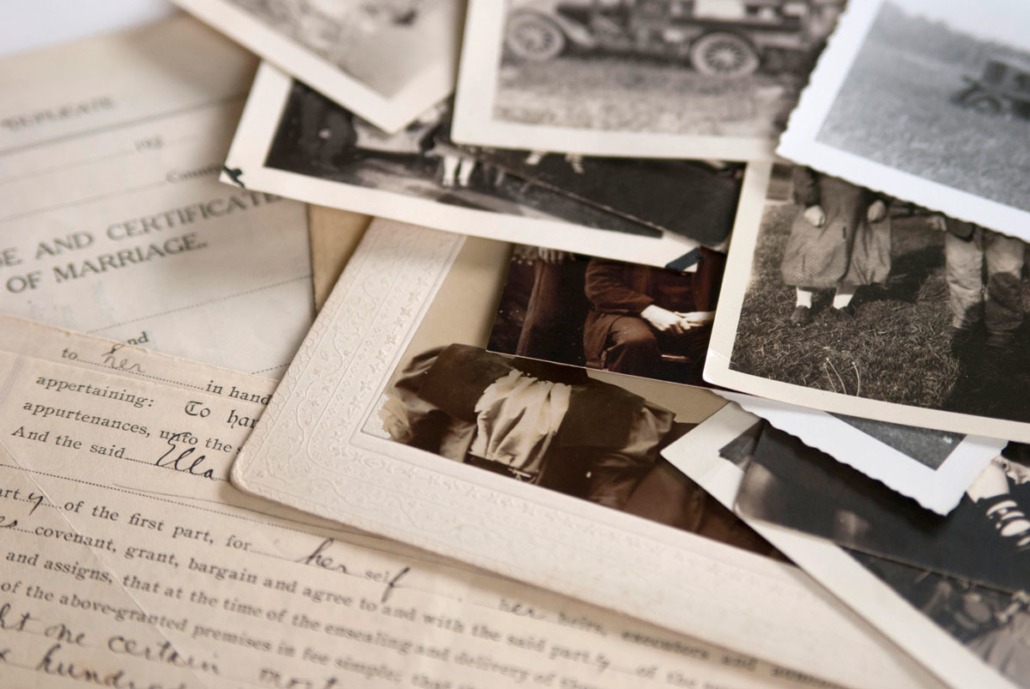Preserving historical documents and family records is crucial for maintaining cultural heritage and personal legacy. However, traditional methods of archiving, such as storing physical copies in libraries or personal collections, pose significant risks of deterioration, loss, or damage over time. In this digital age, Optical Character Recognition (OCR) technology offers a compelling solution for digitizing and preserving historical documents and family records. Let’s explore how OCR is revolutionizing the archiving process and ensuring the longevity of valuable textual artifacts.
Digitizing Historical Documents
Historical documents, ranging from manuscripts and letters to newspapers and government records, contain invaluable insights into the past. However, the fragile nature of paper-based documents makes them susceptible to deterioration and decay. By digitizing these documents using OCR technology, archivists and historians can create high-quality digital replicas that are easily accessible and searchable.
OCR enables the conversion of scanned images of text into editable and searchable digital text files. This process not only preserves the content of historical documents but also enhances their usability by enabling keyword searches, text analysis, and indexing. As a result, researchers, scholars, and enthusiasts gain unprecedented access to historical materials, facilitating deeper insights and discoveries.
Ensuring Accuracy and Reliability
One of the primary challenges in digitizing historical documents is ensuring the accuracy and reliability of the extracted text. Historical documents often contain unique fonts, archaic language, and degraded text, making accurate OCR challenging. However, advancements in OCR technology, including machine learning algorithms and adaptive recognition techniques, have significantly improved accuracy rates, even for complex and degraded text.
Moreover, OCR software allows users to manually correct any errors in the extracted text, ensuring the fidelity of the digitized content. By combining automated OCR with human verification and validation, archivists can achieve high levels of accuracy and reliability, preserving the integrity of historical documents for future generations.
Facilitating Preservation and Access
Digital archiving powered by OCR not only preserves historical documents but also facilitates broader access and engagement with cultural heritage. Digital archives enable remote access to historical materials, eliminating geographic barriers and expanding the audience base. Researchers, students, educators, and the general public can explore digital archives from anywhere in the world, fostering collaboration and knowledge sharing.
Furthermore, OCR technology enhances the accessibility of digital archives for individuals with visual impairments or disabilities. By converting text into machine-readable formats, such as searchable text or audio transcripts, OCR ensures inclusivity and equitable access to historical knowledge and resources.
Preserving Family Records and Genealogy
In addition to preserving institutional archives and historical collections, OCR technology is invaluable for digitizing and preserving family records and genealogical documents. Family Bibles, birth certificates, marriage licenses, and immigration records are often cherished heirlooms passed down through generations. By digitizing these records with OCR, families can create digital archives that safeguard their heritage and facilitate genealogical research.
Digital family archives not only preserve the content of historical documents but also provide opportunities for storytelling, documentation, and sharing of family history. By annotating, organizing, and contextualizing digitized records, families can create comprehensive narratives that capture the richness and complexity of their heritage.
Conclusion: Harnessing OCR for Preservation and Discovery
In conclusion, OCR technology offers a powerful solution for digitizing and preserving historical documents and family records. By converting text from scanned images into searchable and editable digital formats, OCR enables the creation of comprehensive digital archives that ensure the longevity and accessibility of cultural heritage and personal legacy. As technology continues to evolve, the potential of OCR for digital archiving is limitless, promising new opportunities for preservation, discovery, and engagement with historical materials. By harnessing the power of OCR, we can ensure that our collective history and individual legacies endure for future generations to explore and appreciate.



